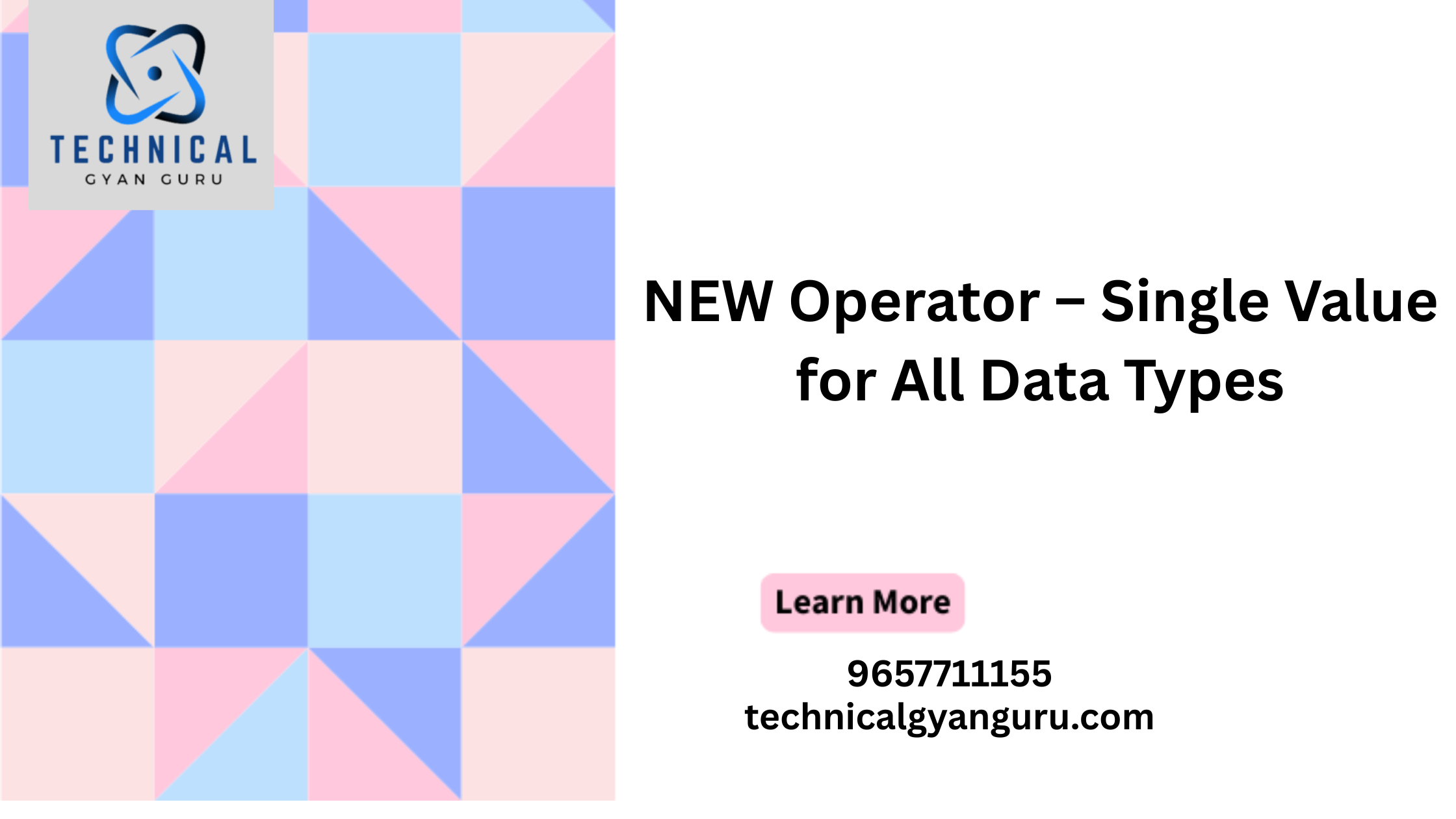
Introduction: The world of SAP Advanced Business Application Programming (ABAP) is evolving, and the cloud is playing a significant role in this transformation. ABAP, traditionally associated with on-premises SAP systems, is now making its way into the cloud. In this blog, we will explore real-world case studies and use cases to illustrate how organizations are leveraging ABAP in the cloud to drive innovation, efficiency, and scalability.
Case Study 1: Migrating ABAP to the Cloud for Flexibility and Cost Savings
Company: XYZ Manufacturing
Challenge: XYZ Manufacturing, a global leader in the manufacturing industry, was burdened by the high operational costs of its on-premises SAP ABAP systems. These systems were inflexible and unable to scale to meet growing demands. The company needed a solution that would reduce costs and provide agility.
Solution: XYZ Manufacturing decided to migrate its ABAP workloads to the cloud. By leveraging cloud infrastructure and services, the company achieved several benefits:
- Cost Reduction: The pay-as-you-go pricing model of the cloud allowed XYZ Manufacturing to reduce capital expenses and optimize operational costs.
- Scalability: The company could easily scale its ABAP systems up or down based on seasonal demand, ensuring optimal performance at all times.
- Global Reach: Cloud data centers across the world provided XYZ Manufacturing with the ability to deploy ABAP systems closer to regional offices, reducing latency and improving user experiences.
Case Study 2: Modernizing ABAP with Cloud Integration
Company: ABC Retail
Challenge: ABC Retail, a large retail chain, had a legacy ABAP system that needed modernization to keep up with the demands of omnichannel retail. They required real-time integration with e-commerce platforms, inventory systems, and customer data.
Solution: ABC Retail opted for a cloud-based approach to modernize its ABAP systems:
- Integration Hub: They established a cloud-based integration hub that connected their ABAP systems with various external platforms and data sources.
- Microservices: Leveraging the cloud’s microservices architecture, ABC Retail developed lightweight, API-driven microservices that could be easily integrated with their ABAP systems.
- Real-time Analytics: With cloud-based analytics tools, ABC Retail gained real-time insights into customer behavior and inventory management, enabling data-driven decision-making.
Use Case 1: ABAP Development in the Cloud
Scenario: A global finance company needed to accelerate its ABAP development processes to respond faster to market changes and regulatory requirements.
Solution: They adopted cloud-based ABAP development tools and environments. This allowed their development teams to collaborate seamlessly, access resources on-demand, and accelerate the development lifecycle.
Use Case 2: High Availability and Disaster Recovery (HA/DR)
Scenario: A healthcare organization needed to ensure the continuous availability of its ABAP systems to meet patient care needs and compliance requirements.
Solution: They implemented an HA/DR strategy in the cloud, replicating ABAP systems across multiple regions and ensuring data redundancy. In case of an outage, the system would automatically failover to a healthy instance, minimizing downtime.
Use Case 3: SAP Data Lake with ABAP
Scenario: A large consumer goods company wanted to consolidate data from multiple SAP systems and perform advanced analytics.
Solution: They created an SAP Data Lake in the cloud, where data from various SAP ABAP systems was ingested and transformed. This data lake enabled them to perform complex analytics, gain deeper insights, and make data-driven decisions.
Conclusion
ABAP in the cloud is more than just a technical shift; it’s a strategic move that enables organizations to drive innovation, achieve cost savings, and enhance agility. Through real-world case studies and practical use cases, we have seen how companies are leveraging the cloud to modernize their ABAP systems, integrate with external platforms, and ensure high availability. As businesses continue to evolve, ABAP in the cloud will play a pivotal role in their digital transformation journey, enabling them to stay competitive in today’s dynamic landscape.







